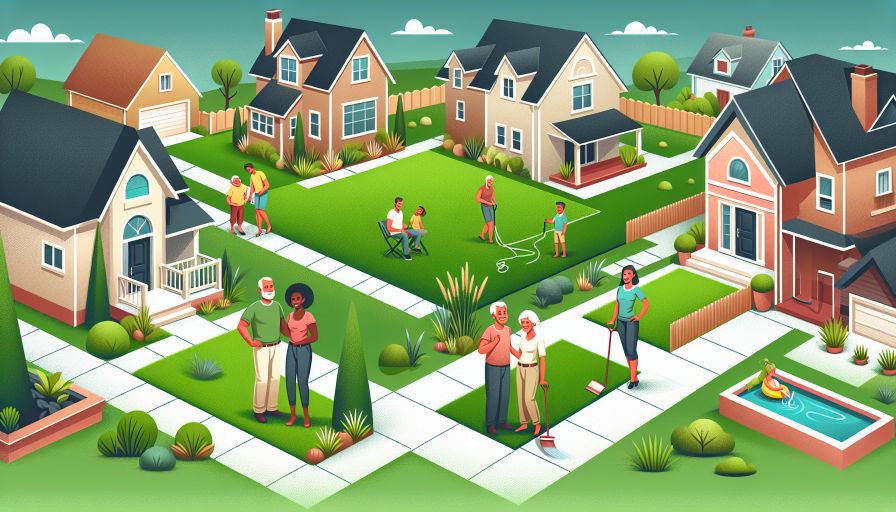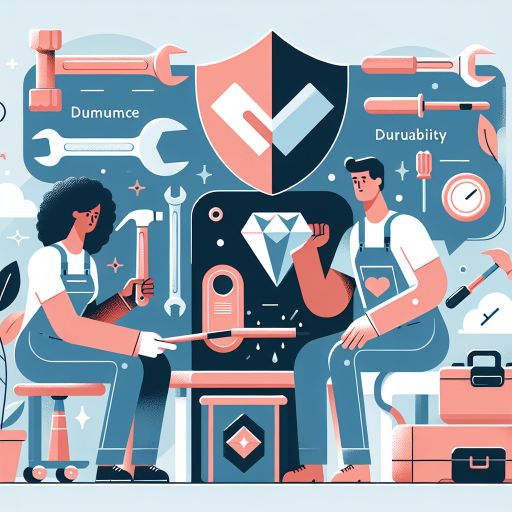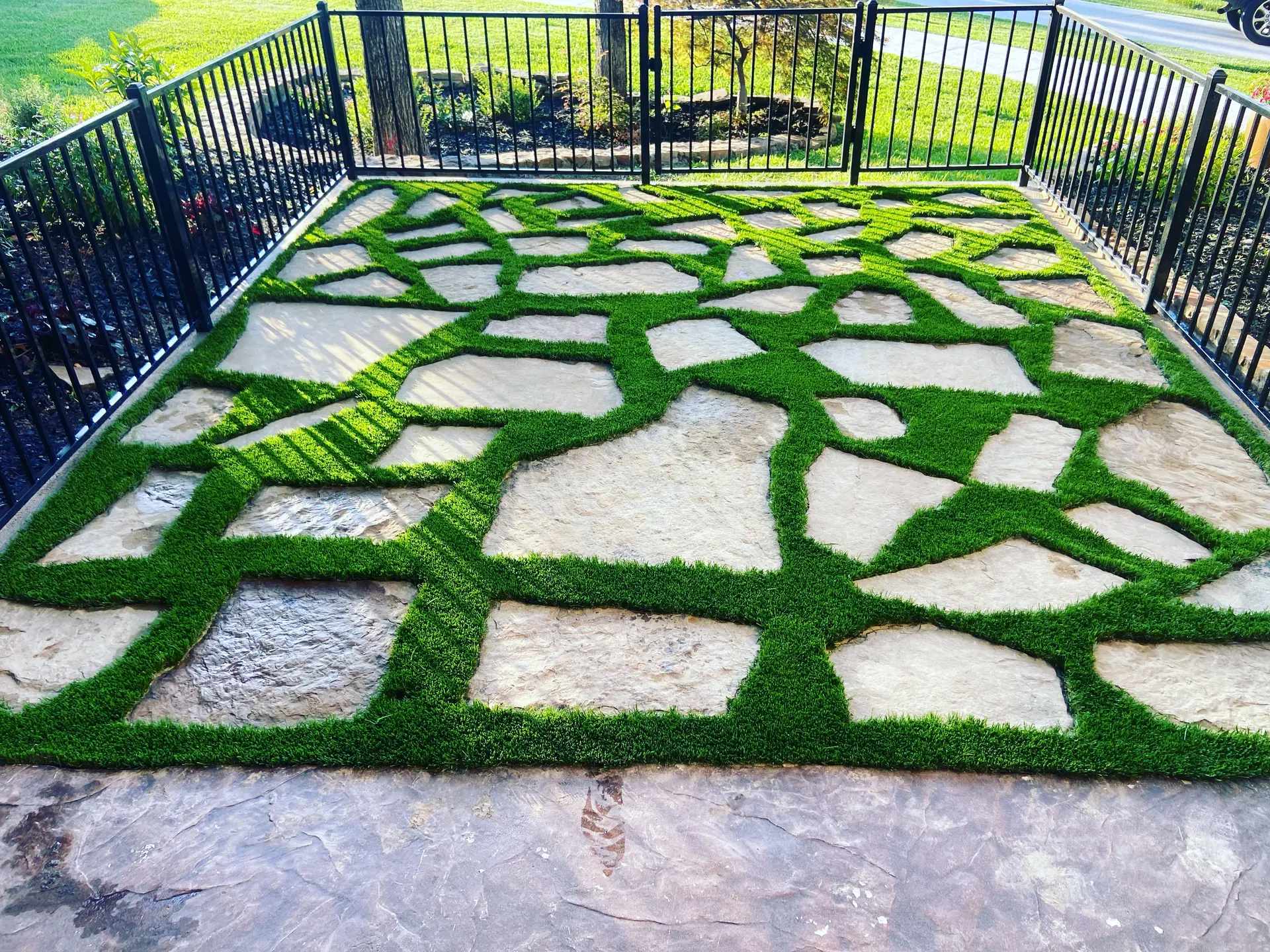
Introduction to Artificial Grass in Residential Spaces
In recent years, artificial grass has gained significant traction in residential areas, primarily due to its numerous benefits and the increasing demand for sustainable and low-maintenance outdoor solutions. Understanding the foundation and rise of artificial grass in modern homes requires a closer look at its composition and the primary reasons driving homeowners to make the switch from natural grass.
Artificial grass, also known as synthetic turf, is made from synthetic fibers that are designed to mimic the look and feel of natural grass. It first emerged in the mid-20th century but has evolved significantly in terms of technology and applications. Modern artificial grass is typically constructed using materials such as polyethylene, polypropylene, and nylon, which contribute to its resilience and realistic appearance.
The shift towards artificial grass in residential settings has been influenced by several key factors:
- Water Conservation: Traditional lawns require substantial amounts of water to maintain their lush appearance, especially in arid and drought-prone regions. Artificial grass eliminates this need, helping homeowners reduce water usage significantly.
- Low Maintenance: Unlike natural grass, artificial grass does not need mowing, fertilizing, or pest control. This reduction in maintenance tasks is attractive to many homeowners seeking to save time and effort.
- Durability: Artificial grass is designed to withstand various weather conditions and heavy use. This durability makes it an appealing option for homes with children, pets, or frequent outdoor activities.
- Environmental Concerns: The use of artificial grass can reduce the need for chemical fertilizers and pesticides, contributing to a healthier environment.
- Cost-Effectiveness: While the initial installation cost of artificial grass can be higher than natural grass, the long-term savings in water, maintenance, and landscaping services often make it a cost-effective solution.
These factors collectively contribute to the growing interest in artificial grass among modern homeowners. As the demand continues to rise, advancements in materials and installation techniques further enhance the appeal and practicality of artificial grass for residential outdoor spaces.
Environmental and Economic Benefits
Artificial grass offers several environmental benefits that contribute positively to the ecosystem. One of the primary advantages is the reduction in water usage. According to the U.S. Environmental Protection Agency (EPA), the average American household uses over 50 gallons of water per day solely for lawn maintenance. By opting for artificial grass, homeowners can significantly cut down on their water consumption, aiding in water conservation efforts particularly in drought-prone areas.
Another environmental benefit of artificial grass is the reduction in chemical usage. Natural lawns often require fertilizers, herbicides, and pesticides to maintain their appearance and health. These chemicals can run off into local waterways, affecting aquatic life and overall water quality. Artificial turf eliminates the need for such chemicals, reducing the potential for environmental contamination.
Moreover, artificial grass contributes to lower greenhouse gas emissions. Traditional lawns often need to be mowed regularly, usually with gasoline-powered lawnmowers. These mowers emit pollutants that contribute to air pollution and climate change. The EPA has reported that one hour of lawn mowing can produce as much pollution as driving a car for 45 miles. By choosing artificial grass, homeowners can reduce their carbon footprint.
When it comes to economic benefits, artificial grass can be a cost-effective solution in the long run. Although the initial installation cost may be higher compared to sowing natural grass, artificial turf requires minimal maintenance. Homeowners spend less on water, fertilizers, pesticides, and lawn care services. According to a study published by the Synthetic Turf Council, the reduction in these costs can lead to significant savings over time.
Additionally, artificial grass is known for its longevity and durability, often lasting up to 15-20 years with proper care. This long lifespan further enhances its economic value, as homeowners do not need to replace or treat their lawns frequently. The investment in artificial turf can be particularly advantageous in areas with extreme weather conditions, where natural grass struggles to survive and incurs higher maintenance costs.
Overall, the environmental and economic benefits of artificial grass make it a viable option for modern homeowners looking to adopt sustainable and cost-effective home improvement solutions.
Maintenance and Durability Considerations
Artificial grass offers several advantages when it comes to maintenance and durability, making it an appealing option for modern homeowners. Compared to natural grass, the maintenance requirements of artificial turf are significantly lower, saving both time and resources.
One of the primary benefits of artificial grass is its minimal maintenance requirements. Unlike natural grass, which needs regular mowing, watering, fertilizing, and pest control, artificial grass requires very little upkeep. Most maintenance tasks for artificial turf revolve around keeping the surface clean and free of debris. Regular brushing to keep the fibers upright and periodic rinsing with water to remove dust and dirt are generally all that is needed.
Weed control is another area where artificial grass surpasses natural lawns. Because artificial turf includes a backing material that prevents weed growth, the occurrence of weeds is drastically reduced. This means homeowners can avoid the use of herbicides, contributing to a healthier environment and reducing labor costs associated with weed management.
Durability is another key consideration for homeowners opting for artificial grass. The quality and longevity of artificial grass have improved significantly over the years. Modern synthetic turfs are designed to withstand heavy foot traffic and various weather conditions, making them a versatile option for different climates. High-quality artificial grass typically lasts between 15 to 20 years, depending on the usage and maintenance habits.
Artificial grass features UV-resistant properties, which help maintain color and integrity even with prolonged exposure to sunlight. This ensures that the turf remains green and lush without fading, regardless of the weather conditions.
The materials used in artificial grass are typically non-toxic and safe for children and pets. Many artificial grass products are made from polyethylene, polypropylene, or nylon, all of which offer different benefits. Polyethylene provides a softer and more natural feel, polypropylene is more resistant to wear and tear, and nylon offers the highest durability, though at a higher cost.
Lastly, artificial grass contributes to water conservation. Natural lawns require regular watering, especially during dry seasons, which can significantly increase water usage. In contrast, artificial grass does not need watering, except for occasional cleaning, helping homeowners conserve water and reduce utility bills.
In summary, the low maintenance and high durability of artificial grass make it an efficient choice for modern residential outdoor spaces. With benefits such as reduced upkeep, enhanced durability, weed control, and water conservation, artificial grass stands out as a practical and sustainable alternative to natural grass lawns.
Aesthetic and Functional Advantages
Artificial grass is increasingly popular in residential outdoor spaces due to its numerous aesthetic and functional advantages. This chapter explores these benefits and provides a detailed understanding of how artificial grass enhances modern homes.
Year-Round Greenery
One of the main aesthetic benefits of artificial grass is its ability to stay green and vibrant throughout the year. Unlike natural grass, which can turn brown and patchy during certain seasons, artificial grass maintains its lush appearance regardless of weather conditions.
Enhanced Curb Appeal
Artificial grass can significantly boost a home’s curb appeal. Homeowners seeking a consistently manicured lawn find artificial grass an ideal solution. Its uniform appearance adds a touch of elegance and can increase the overall attractiveness of the property.
Design Flexibility
Artificial grass offers greater design flexibility in landscaping. It accommodates various design elements, such as:
- Decorative patterns
- Shaped edges
- Integration with other landscape features like rocks, stepping stones, and flower beds
These options allow for customization according to personal preferences and landscape requirements.
Play and Recreational Areas
For families with children, artificial grass provides a safe and clean environment for play. It is often used in creating playgrounds and recreational areas due to its smooth and durable surface, which reduces the risk of injuries compared to natural grass.
Pet-Friendly Solutions
Artificial grass is also pet-friendly. It withstands wear and tear from pet activities and is resistant to urine stains. Additionally, its drainage system prevents puddles and muddy patches, ensuring pets can play outside without bringing dirt back into the home.
Low-Allergen Environment
Artificial grass can reduce allergy issues associated with natural grass. By eliminating pollen-producing grass and soil, homeowners can create an allergy-friendly environment, benefiting individuals sensitive to pollen and other allergens.
Functional Versatility
The versatility of artificial grass extends beyond typical lawn applications. It can be used for:
- Rooftop gardens
- Balcony coverings
- Pool surrounds
- Patios and deck areas
This adaptability makes it a suitable choice for various outdoor spaces, regardless of size and shape.
In conclusion, the aesthetic and functional advantages of artificial grass make it a compelling option for modern homeowners. Its ability to maintain year-round greenery, enhance curb appeal, and provide versatile design and usage opportunities underscores why many are choosing this alternative for their residential outdoor spaces.
Installation and Selection Process
When considering the installation of artificial grass in residential spaces, homeowners need to evaluate several critical factors to ensure optimal results. These factors include selecting the appropriate type of artificial grass, understanding the installation process, and recognizing the potential costs involved. Each of these elements plays a crucial role in achieving a successful and long-lasting installation.
Selection Process: Types of Artificial Grass
There are various types of artificial grass available, each designed to meet specific needs and preferences. Some key considerations when selecting artificial grass include the material, pile height, density, and intended use. Common materials used in artificial turf include polyethylene, polypropylene, and nylon, each offering different levels of durability and softness.
- Polyethylene: Known for its softness and natural appearance, making it suitable for residential lawns and children’s play areas.
- Polypropylene: More cost-effective but less durable, often used in low-traffic areas.
- Nylon: Extremely durable and resilient, ideal for high-traffic areas and sports fields.
Pile height and density also affect the turf’s look and feel. Shorter pile heights (0.5 to 1 inch) provide a neat appearance and are easier to clean, while longer pile heights (1.5 to 2 inches) offer a more realistic look and lush feel.
Installation Process
The installation of artificial grass involves a series of steps that require precision and attention to detail to ensure a professional finish. Below is an outline of the typical installation process:
- Site Preparation: This includes removing existing grass, rocks, and debris, and ensuring the ground is level.
- Base Layer Installation: A base layer, typically composed of crushed stone or gravel, is installed and compacted to provide a stable and well-draining foundation.
- Weed Barrier Fabric: A weed barrier is laid to prevent weed growth through the artificial turf.
- Turf Placement: The artificial grass is rolled out over the prepared base, trimmed to fit the area, and edges are secured.
- Infill Application: Infill material, usually silica sand or crumb rubber, is applied to help the fibers stand upright and weigh the turf down.
- Final Grooming: The last step involves brushing the turf to ensure even distribution of the infill and a natural appearance.
Costs Involved
The cost of artificial grass installation varies depending on the quality of the turf, the size of the installation area, and the complexity of the project. On average, the cost can range from $5 to $20 per square foot. Below is a basic breakdown of potential costs:
| Cost Component | Estimated Price Range |
|---|---|
| Artificial Grass Material | $2 – $8 per square foot |
| Installation Labor | $2 – $10 per square foot |
| Base Materials (Gravel, Sand, etc.) | $1 – $2 per square foot |
It is essential for homeowners to obtain quotes from multiple suppliers and installation professionals to ensure they receive the best value for their investment.
By carefully considering the type of artificial grass, understanding the installation process, and recognizing the associated costs, homeowners can make informed decisions when transforming their outdoor living spaces with artificial turf.
Long-term Impact and Trends
One of the most compelling aspects of artificial grass is its long-term impact on residential outdoor spaces. Unlike natural turf, artificial grass offers sustained benefits that go well beyond immediate visual appeal and convenience. An important consideration is longevity. High-quality artificial grass, when properly installed and maintained, can last up to 15-20 years. This durability means that homeowners can enjoy a consistently green and healthy-looking yard with minimal effort over a long period.
Moreover, the impact on water conservation cannot be overstated. According to the Environmental Protection Agency (EPA), traditional lawns account for around one-third of all residential water use, equating to nearly nine billion gallons of water per day. By switching to artificial grass, homeowners can drastically reduce their water consumption, contributing to more sustainable water usage at the community level.
The long-term environmental benefits extend beyond water savings. Artificial grass reduces the need for lawn mowers, trimmers, and other gas-powered maintenance tools. The California Air Resources Board (CARB) states that small engines like those used in lawn equipment produce significant emissions, contributing to air pollution. Eliminating the need for these tools helps reduce carbon footprints and supports cleaner air quality.
There is also a positive financial impact over time. While the initial investment for high-quality artificial grass may be higher than natural grass, the reduction in water bills, lawn care services, fertilizers, and other maintenance costs can lead to substantial savings. Many homeowners report recouping their investment in artificial grass within a few years through these savings.
Another emerging trend is the integration of smart technologies with artificial grass landscapes. Automated irrigation systems, which are often used with natural lawns to optimize water use, are no longer necessary, making way for more advanced landscape management systems. These technologies can include integrated lighting, heating systems, and sensory devices that enhance the usability and aesthetic appeal of outdoor spaces year-round.
Lastly, public perception and regulatory approaches towards landscaping are evolving. In many drought-prone areas, local governments and municipalities are encouraging or even mandating the use of drought-tolerant landscaping, including artificial grass. This shift is reflected in incentive programs and rebates offered to homeowners who replace water-thirsty lawns with artificial turf. By staying ahead of these trends, homeowners can align their outdoor spaces with broader environmental and community goals.
In summary, the long-term impacts of artificial grass extend well beyond just a visually pleasing lawn. From water conservation and reduced emissions to financial savings and compliance with modern landscaping regulations, the benefits of artificial grass make it a forward-thinking choice for modern homeowners.


